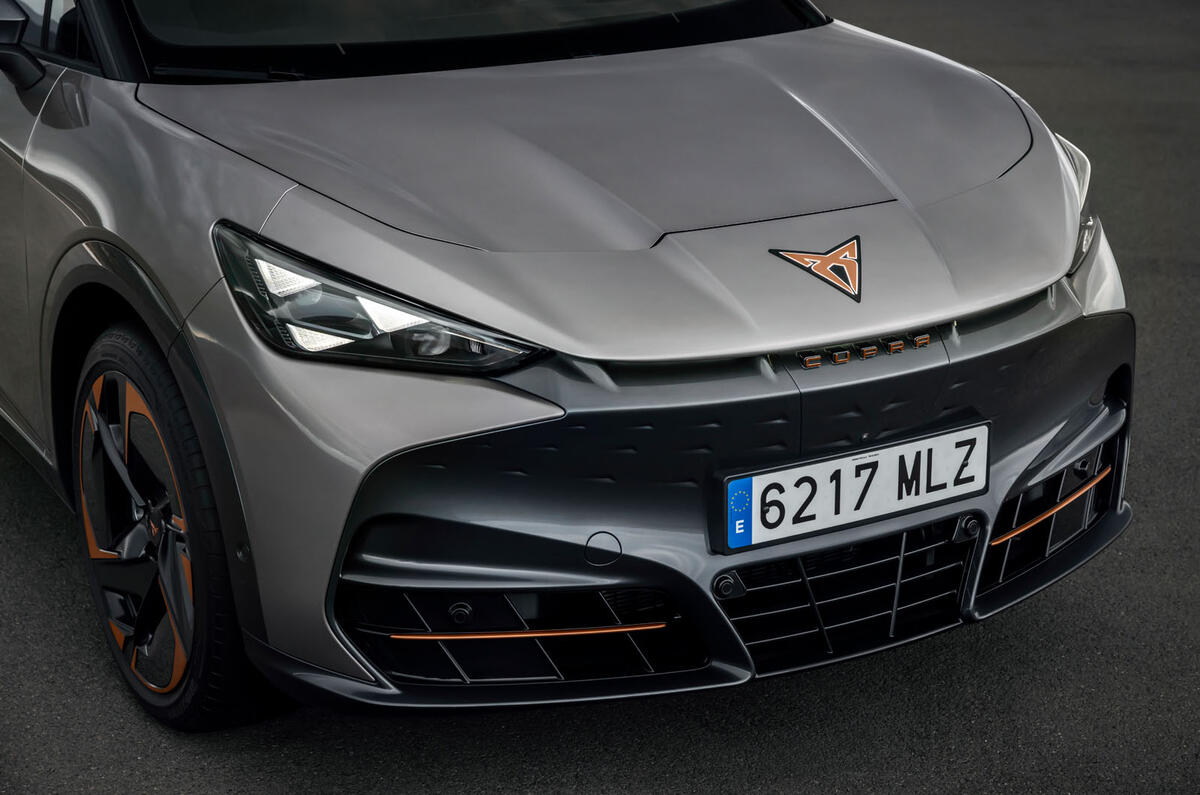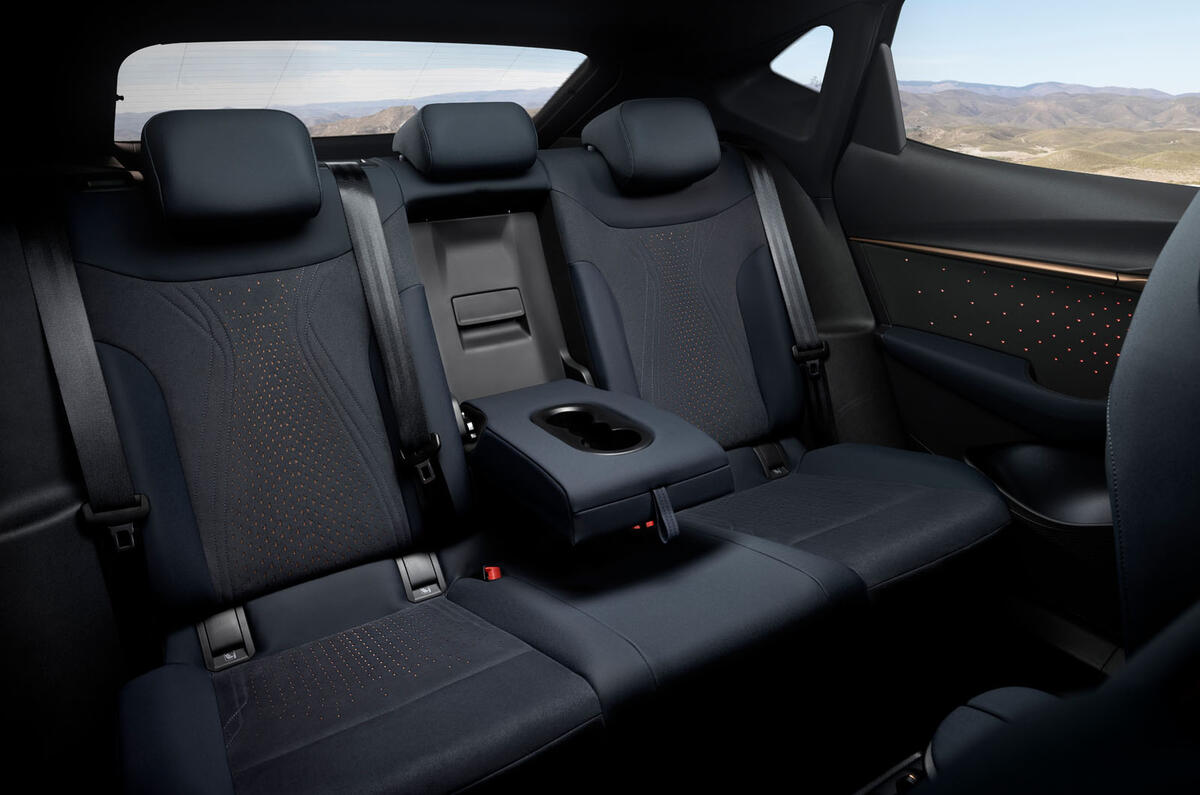Two versions of the car are offered: a single-motor rear-wheel-drive car with 282bhp and a dual-motor all-wheel-drive model with 335bhp. We're testing the latter, badged VZ.
Both cars use the same 77kWh (usable) battery and the range is up to 353 miles in the single-motor version and 324 miles in the dual-motor. Charging speeds are up to 135kW for both versions.
There’s promise in the range-topper, with its strong acceleration, yet a bit like with the Polestar 2, you get the sense that a single-motor rear-wheel-drive version could be a sweeter car to drive, with almost 100kg less over the front axle and better efficiency to boot.
Still, there’s plenty to admire in the VZ. Refinement is always impressive and the Tavascan is a happy motorway cruiser, and a quiet companion with it.
There’s always a nice heft and resistance to the Tavascan’s controls at lower speeds, including to the initial step-off, which is far more desirable than being given all the available power when exiting a parking bay and having to slow down jerkily and just as quickly.
It’s rare for driving modes to make much of a welcome difference in a car, other than sapping all the power in eco mode or becoming a bit of a pastiche of a performance car in the sportiest mode. Yet the Tavascan’s most potent Cupra mode - which even gets its own button on the steering wheel - does indeed show the car is at its best.
The chassis is stiffened – but not made too stiff – and the extra acceleration is welcome yet not stomach-churning as in other electric cars with similar 0-62mph times. We left it in this mode for the most part because it felt much more akin to a ‘Normal’ mode in demonstrating the Tavascan as its maker intended.
The wheels can also take a squirt of the accelerator out of the corner without wanting to keep going in the other direction.










































